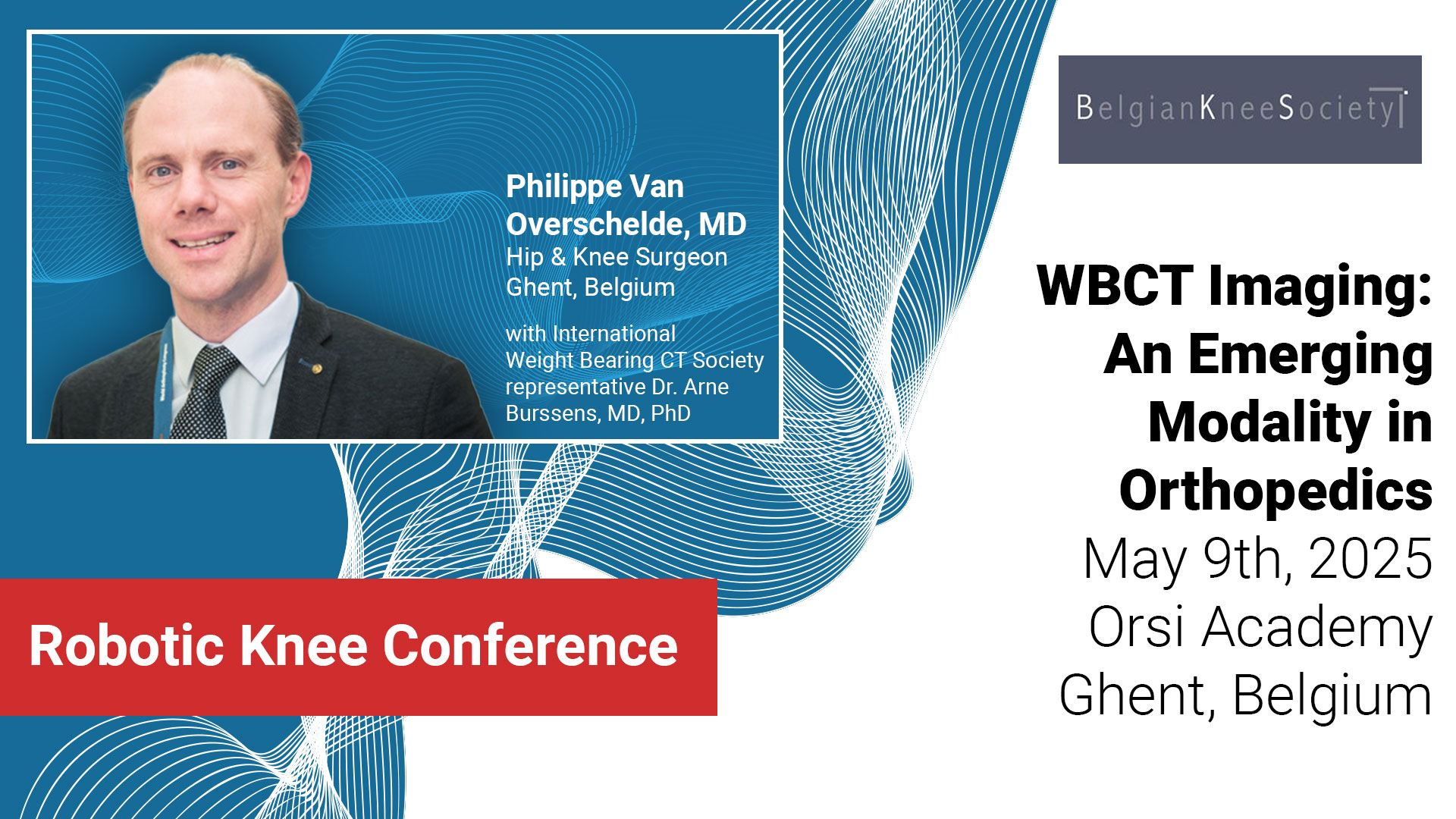Smarter Surgical Planning Starts with Weight Bearing CT: Highlights from CurveBeam AI at the Robotic Knee Conference
At the forefront of orthopedic innovation, CurveBeam AI continues to push the boundaries of what’s possible with weight bearing 3D imaging. During a recent presentation at the Robotic Knee Conference…










